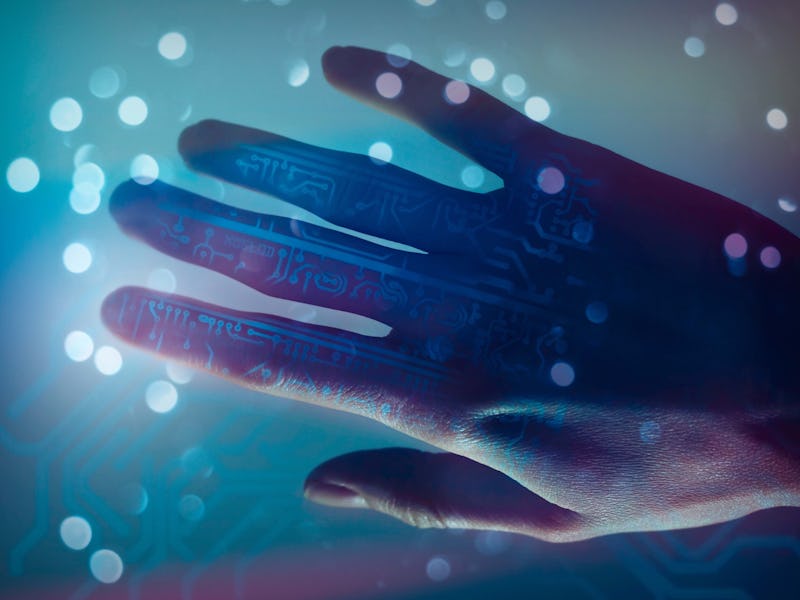New Prosthetic Hand Can Restore a Sense of Touch
Another obstacle down in the quest to build an artificial limb that functions naturally.

Prosthetics have done wonders to allow individuals with paralysis or missing limbs to more closely experience normal functionality and lifestyles. One thing prosthetics haven’t been able to do yet is to replicate the actual feeling of the artificial part their supposed to replace — the sensation of touch.
Until now.
A new prosthetic hand developed by DARPA successfully allowed a 28-year old paralyzed man of a decade to “feel” physical sensations, as well as identify touch in separate mechanical fingers on the hand.
It’s the closest an artificial limb has ever come to replicating natural functions and sensations. So far, scientists have successfully developed prosthetics that can be controlled by thoughts. What’s been troubling, however, is getting those artificial parts to transmit data back to the brain, in order to identify information like weight, temperature, surface roughness, and other details. This latest development could be the breakthrough we’ve been waiting for.
“We’ve completed the circuit,” said Justin Sanchez, the manager of DARPA’s Revolutionizing Prosthetics program, in a press release issued Friday. “By wiring a sense of touch from a mechanical hand directly into the brain, this work shows the potential for seamless bio-technological restoration of near-natural function.”
The prosthetic hand connects directly to the individual’s brain by way of electrode arrays placed on the sensory cortex — which is responsible for helping identify tactile sensations like pressure — and on the motor cortex, which helps control body movements. Any signals from these regions would lead directly to the artificial limb — thus, the paralyzed volunteer was basically able to move the new hand through his thoughts.
More importantly, the physical sensations from the artificial hand were converted into electrical signals routed back to the brain’s sensory cortex. The volunteer didn’t need to rely solely on visual cues to help him move his hand — he could use touch and pressure information to move and interact with objects the way a normal person would.
In one set of tests, the researchers blindfolded the volunteer and touched his hands, and he was able to report with near 100 percent accuracy which finger was being touched. It was almost identical, he said, to feeling like his own hand was being touched.
The unpublished findings are still in the process of being peer-reviewed, so we’ll need to wait before we can start calling this the game-changer it might be. But if the results hold up to scrutiny, it could be a big step towards not just better understanding of human physiology with regards to sensory and motor skills, but also towards developing prosthetics that might finally imitate working limbs.